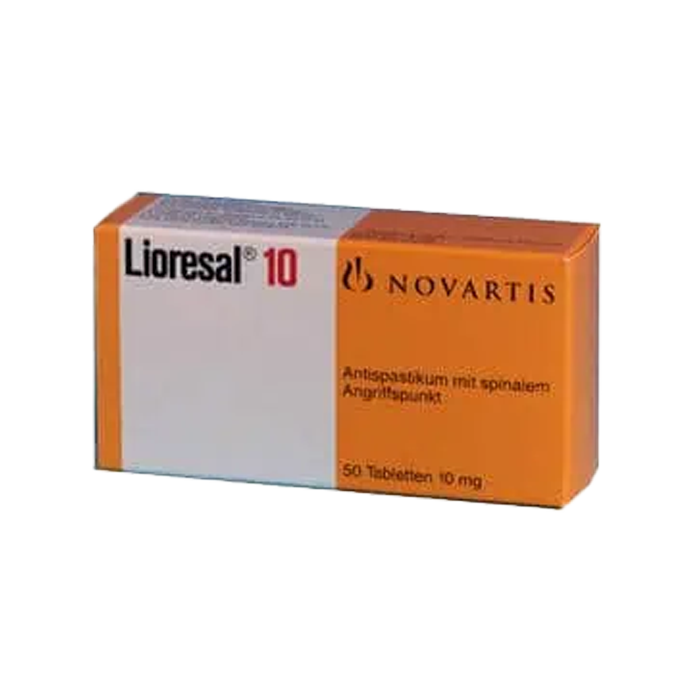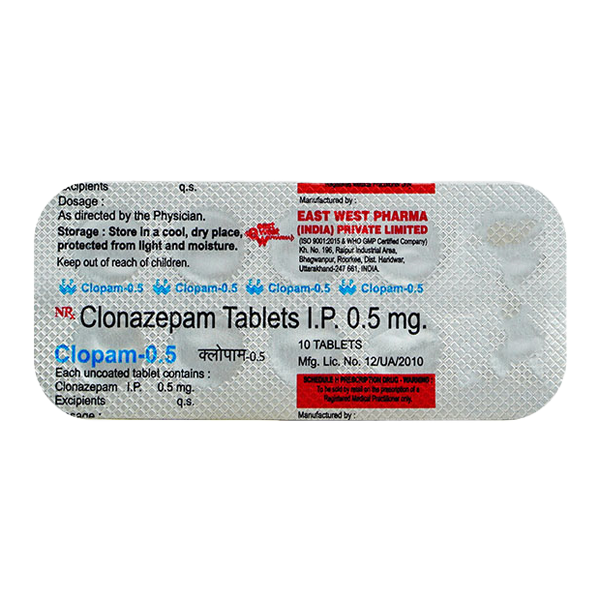Description
Mechanism of Action
Baclofen works by specifically targeting GABA-B receptors on presynaptic neurons, leading to neurological effects that help reduce muscle spasms. Though it’s absorbed through the gastrointestinal tract when taken orally, it doesn’t effectively cross the blood-brain barrier. Baclofen is primarily eliminated by the kidneys and has an approximate half-life of five hours. It is commonly prescribed to treat involuntary flexor spasms, especially in patients with spinal cord disorders, and may also offer neuroprotective and anti-inflammatory benefits.
Baclofen in Alcohol Dependence
Research involving 100 individuals with alcohol dependence showed that increasing doses of Baclofen helped reduce cravings in many participants. However, about 88% of patients reported side effects such as fatigue, insomnia, dizziness, bowel issues, weight changes, confusion, hot flushes, and sugar cravings.
Use in Muscle Cramps
In patients with liver cirrhosis experiencing muscle cramps, low-dose Baclofen (5 mg three times daily for a week) was shown to be safe and effective, helping to reduce cramp frequency without major side effects.
Effect on Muscle Tone
Baclofen also decreases overall muscle tone. Therefore, it may not be suitable for individuals who rely on normal muscle tone for specific tasks or physical activities.
Dosage Guidelines
The typical recommended dosage of Baclofen (Lioresal) starts at 15 mg per day, increasing by 5 mg every three days, with a maximum recommended dose of 75–80 mg daily.
Side Effects
Common side effects include drowsiness, dizziness, headaches, and nausea. Less frequent but more serious reactions may include dark-colored urine, chest pain, mood changes like depression, skin rashes, and itching.

 STORE OPEN | LATEST UPDATE:
STORE OPEN | LATEST UPDATE:













Reviews
There are no reviews yet.